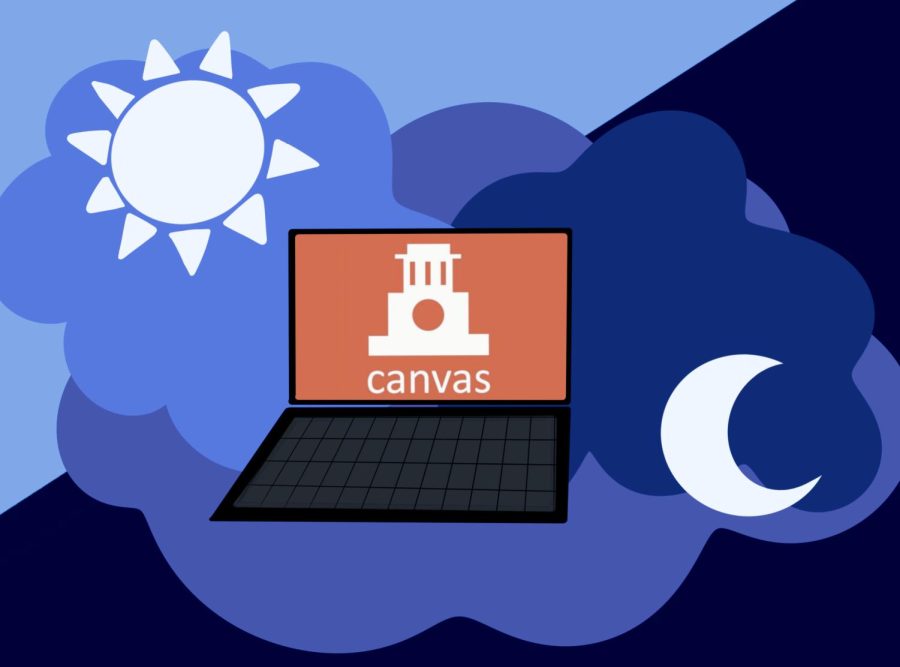Asynchronous courses need to facilitate better communication
March 21, 2022
While many students are attending in-person classes, a large population of students is still taking online courses. Online classes, both synchronous and asynchronous, are classes designed to be fully online. Asynchronous classes are created for students who desire or need to complete a class on their own time.
The biggest issue with UT’s online classes is their inability to allow students to get help or ask questions regarding the material. Professors should allow students to get the most out of their classes by encouraging communication among professors and students in these online courses. They can do this by utilizing discussion boards and chat boxes.
51.8% of college students (as of the 2019-20 school year) are enrolled in at least one online class. With many students taking online classes, UT needs to make its online courses more manageable by shrinking class sizes and requiring professors to adhere to certain guidelines.
Business freshman Nishi Datla, who is currently enrolled in two online classes, shared her frustration regarding the lack of communication between professors and students.
“(If) I have a question while I’m watching (pre-recorded lectures), it’s definitely hard because they say we can email them, but obviously there’s a class with 1,000 people,” Datla said. “There’s no set chat box to put all their questions in at one time. It’s hard to keep up with, and then at some point I just don’t even ask because there’s no point if my questions are not going to get answered.”
With the majority of these online classes being larger in size, professors should try and make their classes feel smaller and open to communication. This is important because no student should feel like emailing a professor is pointless.
Michele Mitrovich, a graduate student and assistant instructor in the department of classics, teaches an asynchronous class and thinks highly of the communication in her class.
“I mean, I feel overall that we have enough different avenues for students to contact us to reach out,” Mitrovich said. “We have a common email account, which me and my (teaching assistants) respond to.”
Although professors (including Mitrovich) believe that the communication in their classes is fine, students would say otherwise. Therefore, every asynchronous professor should be required to provide similar means of communication.
Requiring all online professors to use discussion boards or chat boxes could encourage more students to contact their online professors. This would make online classes more interactive and engaging, mirroring in-person classes.
“I don’t know anyone in my classes. … I don’t even know who goes into my class,” Datla said. “Maybe there’s like a group chat. But even then, I can’t even find out if there’s a group chat for that class, because there’s no form of group communication.”
As student-to-student communication in these classes is not encouraged by many professors, online professors should promote student interaction by giving students a place to communicate. This would allow students who work better studying in groups the opportunity to collaborate with their peers.
Many UT students decide to take online classes, so the University should improve them. UT can do this by providing students with an easier way to communicate with their professors and peers.
Artale is a journalism freshman from Diamond Bar, CA.



